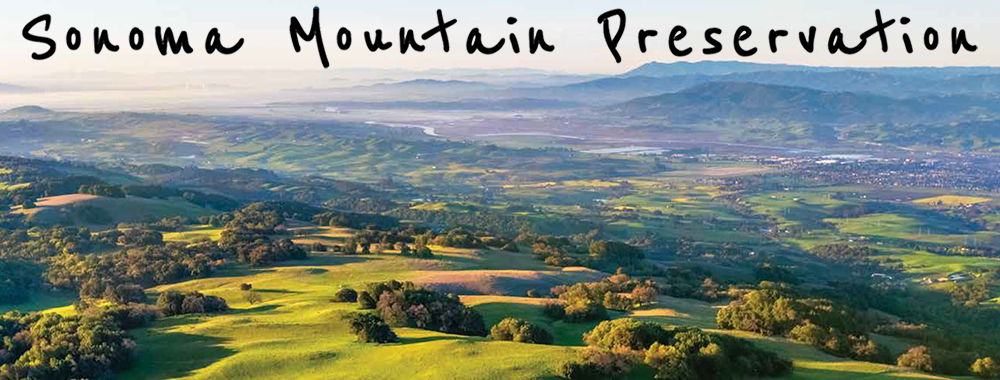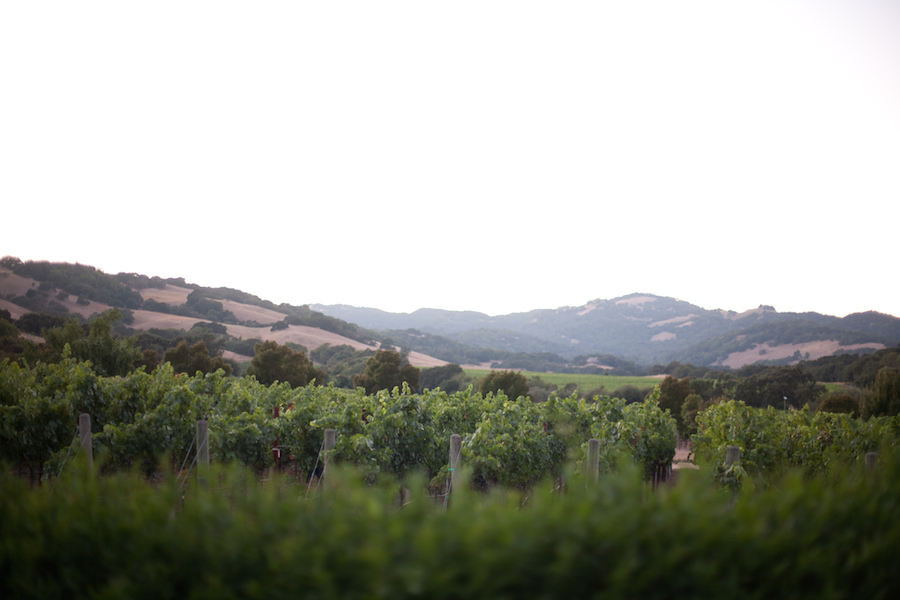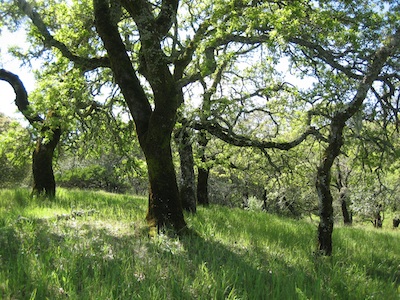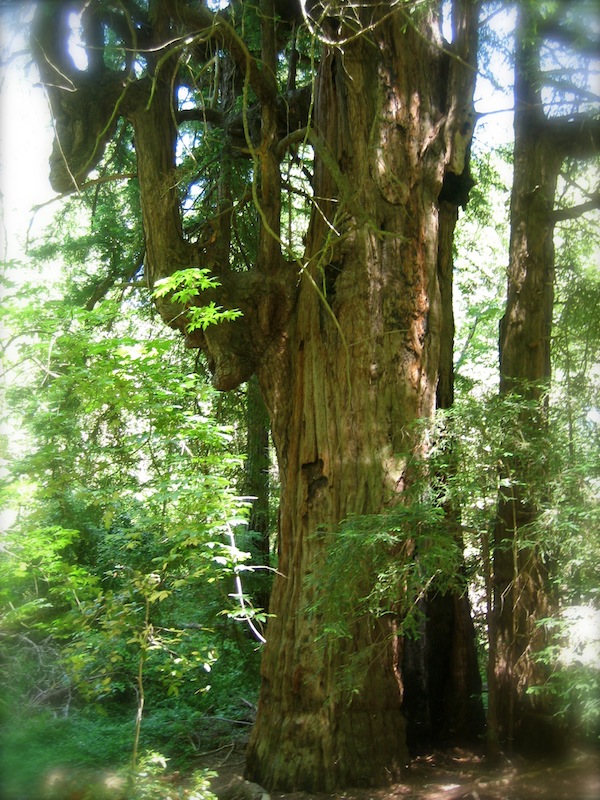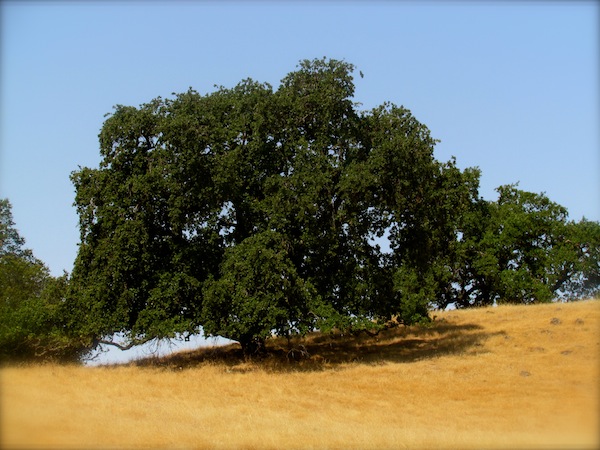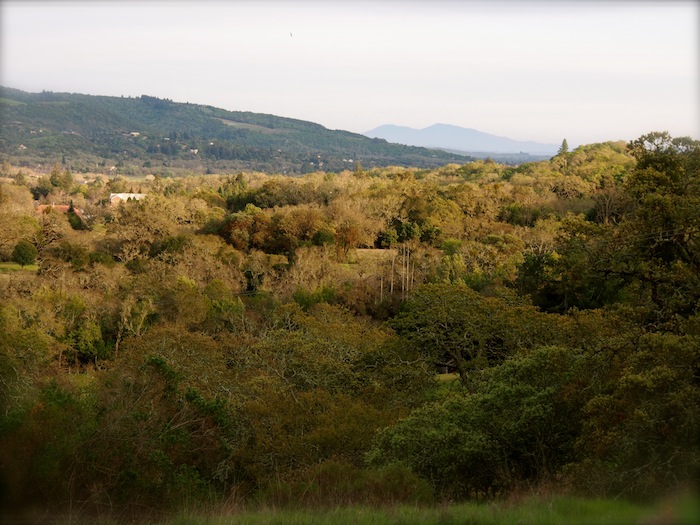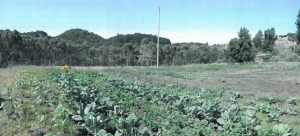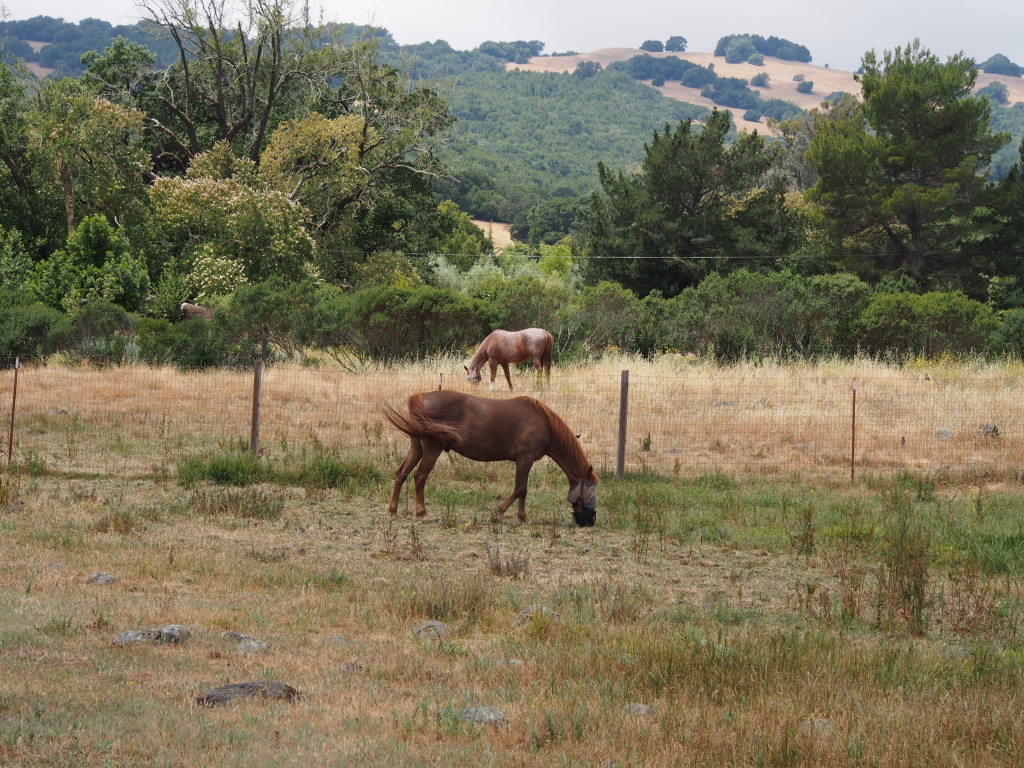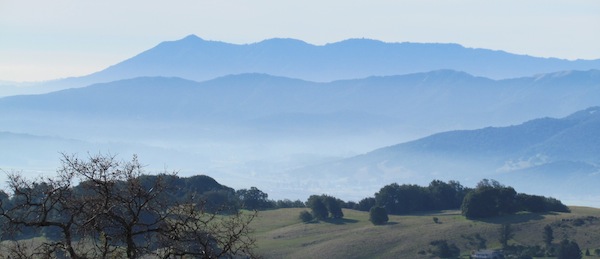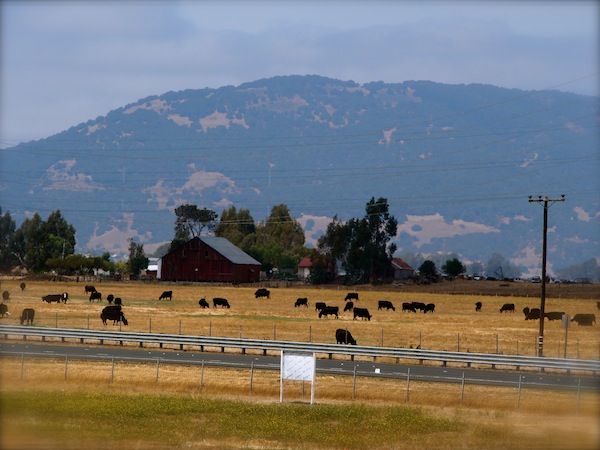Mike Clouse: Home
The Sonoma Valley is truly amazing for a variety of reasons, and in my opinion one the most significant reasons is the balance of small town modern life with the beauty of nature found throughout the valley.
I have been fortunate to call the Sonoma Valley home for the majority of my life. My grandparents moved to Sonoma in the 1940’s. My mom was born in the Sonoma Valley Hospital. My two boys were born and raised here as well and both graduated from Sonoma Valley High. The point of all that, I have seen some changes in the valley during my life. But no matter what those changes may have been, good or not so good, I could always look west and rely on the consistent strength and beauty of the mountain…Sonoma Mountain.
I grew up spending large chunks of my childhood with my aunt and uncle who lived on Sonoma Mountain, just behind the Sonoma golf course. My cousin Erik and I would go for endless hikes imagining all that the mountain had to offer. We were pretty young and would always set out alone with our packed lunches, usually filled with chips, sodas and candy bars to keep us fueled for the miles and hours we would spend as we explored. We were pretty sure we would come across a dinosaur at some point, to our disappointment, after many years of hiking, that never happened.
Now that I’m slightly older I can see what makes this valley work so well, it’s called balance. On one hand you have the busy hustle and bustle of downtown Sonoma and the Hwy 12 corridor. Tourists from around the world making their way in droves up and down the valley sipping and exploring all of the world class wineries that the valley has to offer. To counter balance this activity we have the quite beauty of Sonoma Mountain watching it all, offering comfort and stability to the sometimes craziness of the valley floor. It’s a wonderful and integral piece of the Sonoma Valley and our home just wouldn’t be the same without the simplicity and natural beauty of the mountain.
I love the Sonoma Valley and all of the things that make this place so special. From epic July 4th parades around the Sonoma Plaza to the magical smell of crush as summer ends and fall begins.
But if I had to pick a favorite way to spend my mornings and evenings, it would without a doubt be with friends looking up at the mountain as the sun rises and sets on this beautiful place we call home.
Mike Clouse is the founder and managing editor at Your Sonoma Valley, a blog and media site dedicated to helping people live and enjoy the Sonoma Valley Lifestyle.
Photography by Megan Clouse Photography
This post is the first installment of the “Why I Love The Mountain” series of guest posts from local Sonoma residents on SonomaMountain.org – Thank you Mike for your contribution and we encourage readers to like Your Sonoma Valley on Facebook and follow Mike on twitter at @mikeclouse
